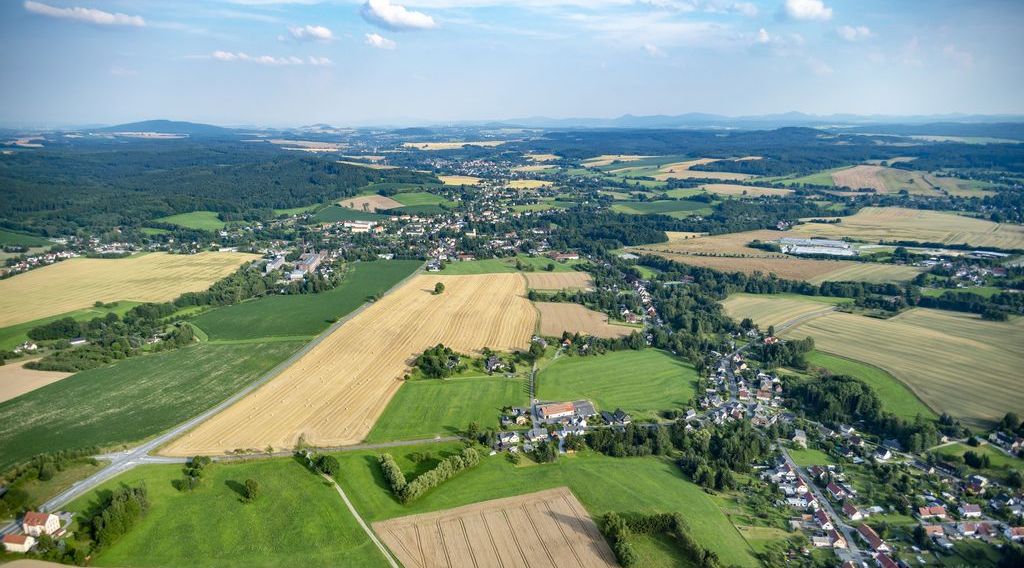Project
Industry dynamics in rural areas

The economy is in a constant state of change due to technological advances, increasing income, changing demand patterns and shifts of the global production structure. Regions’ affectedness by this structural change differs depending on industry structure and the availability of jobs, capital and knowledge, differs, as does the predominance of various branches.
Background and Objective
The jewelry industry in Idar-Oberstein, the porcelain production in the Fichtel Mountains, and the textile industry in Muensterland are examples for regionally important industries that have lost much employment in the course of structural change. Research on drivers, patterns and effects of structural change is important to gain an understanding of rural economies, which are often rather specialized. The goal of the research project is the identification of a) branches of special importance for the development of rural areas, b) rural areas that are especially impacted by structural change and c) determinants of regions’ resilience in processes of structural change.
Approach
The study is based on secondary statistics, i.e., employment by industries at the district level. The development of employment and firms has, for example, simultaneously been explained In an extended shift-share regression by industry structure and region-specific advantages and disadvantages. The analysis differentiated additionally by region type in order to assess possible differences in the affectedness of rural and urban areas, for example. The results serve as the basis for further analyses, in which above all the reasons for region-specific advantages and disadvantages are scrutinized. Qualitative and descriptive methods are also used in further and supplementary analyses since some differences can only be explained in the context of historic developments.
Results
The analyses so far confirm the most important theoretically derived expectations: The economy of prospering rural areas is carried above all by the production sector, despite its sinking employment share. The intangible knowledge that is crucial for its small and medium size firms is characterized by restricted mobility. Urban regions develop above all positively if they manage to become attractive to knowledge-intensive businesses and highly qualified employees. Due to the differences in the mobility of relevant knowledge, an equalization between Germany’s west and east is more likely to take place in urban than in rural districts. The greatest development chances for structurally weak rural regions are in the exploitation of dynamics that originate in the development of new markets and business areas.
Thünen-Contact

Involved Thünen-Partners
Duration
Permanent task 12.2017 - 12.2022
More Information
Project status:
finished
Publications to the project
- 0
Margarian A, Hundt C (2023) One economy, but different growth regimes: why Germany’s rural east is still lagging. Competitiveness review 33(7):1-21, DOI:10.1108/CR-09-2022-0130
- 1
Hundt C, Margarian A, Peters JC (2020) Wirtschaftliche Vielfalt ländlicher Räume [online]. Inf Polit Bildung 343(2):26-37, zu finden in <https://www.bpb.de/izpb/laendliche-raeume-343/> [zitiert am 03.08.2020]
- 2
Margarian A, Hundt C (2019) Location, industry structure and (the lack of) locally specific knowledge: On the diverging development of rural areas in Germany's East and West. Marburg: Univ Marburg, 34 p, Working Papers Innov Space 04.19
- 3
Margarian A (2018) Strukturwandel in der Wissensökonomie: Eine Analyse von Branchen-, Lage- und Regionseffekten in Deutschland. Braunschweig: Johann Heinrich von Thünen-Institut, 316 p, Thünen Rep 60, DOI:10.3220/REP1537461545000

![[Translate to English:] [Translate to English:]](/media/_processed_/6/1/csm_AdobeStock_543466681_9df3d40718.jpeg)
![[Translate to English:] [Translate to English:]](/media/_processed_/6/1/csm_AdobeStock_543466681_6eab1c26f9.jpeg)





